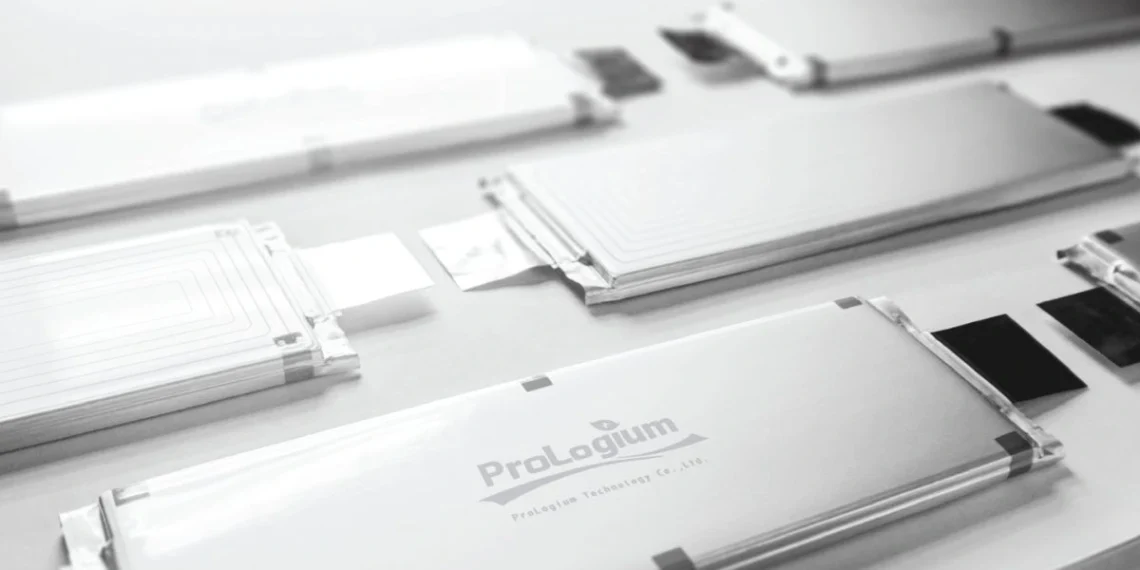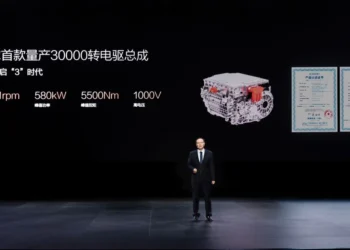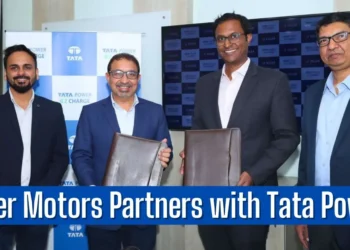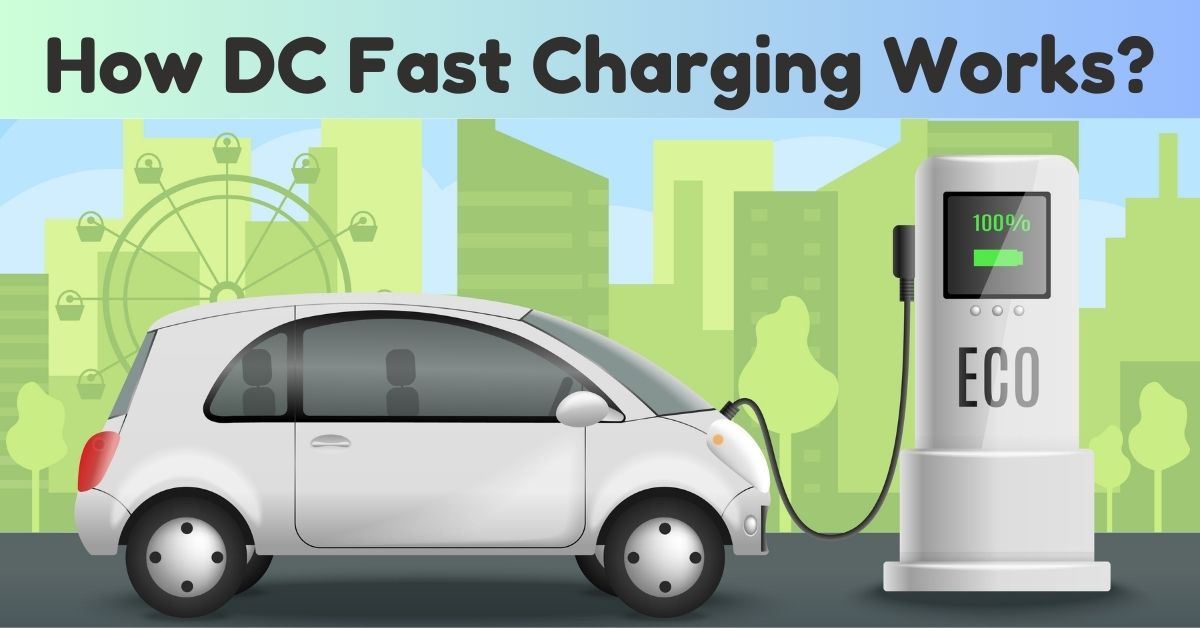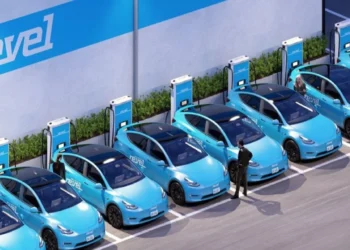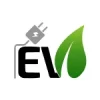ProLogium, a Taiwanese pioneer in solid-state batteries, has taken the electric vehicle (EV) industry by storm by unveiling its fourth-generation Inorganic EV Battery at CES 2025. This breakthrough in battery technology promises to address some of the most significant challenges in EV adoption, including charging time, range anxiety, and safety. In this article, we will explore the key advancements of ProLogium’s Inorganic EV Battery and how they are set to redefine the EV landscape.
Table of Contents
ProLogium’s Inorganic EV Battery: A Game-Changer for EVs
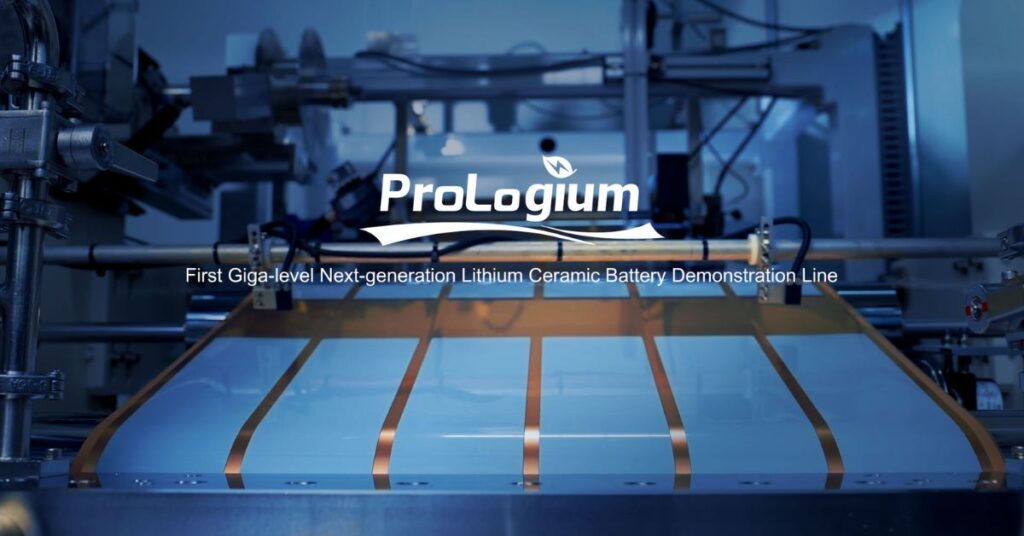
ProLogium’s latest lithium-ceramic battery (LCB) features a fully inorganic electrolyte, eliminating organic content and increasing inorganic content to 100%. This breakthrough in battery chemistry enhances energy density, reduces charging time, and increases safety.
“True innovation begins with the core chemistry of batteries—reducing charging times and enhancing safety to benefit the entire ecosystem. The EV market can only thrive sustainably when consumers trust battery technology and charging stations operate profitably,
said Vincent Yang, Founder and Chairman of ProLogium.
Key Features of ProLogium’s Inorganic EV Battery
At CES 2025, ProLogium presented several breakthroughs with its inorganic EV battery, designed to push the boundaries of energy storage. These advancements are set to redefine the way EVs are powered and charged.
1. Fully Inorganic Electrolyte for Superior Safety and Performance
ProLogium’s fourth-generation inorganic EV battery features a fully inorganic electrolyte, eliminating organic content entirely. This small but significant change boosts energy density, improves charging speed, and improves low-temperature reliability. The battery’s inorganic composition also enhances safety, reducing the risk of combustion or thermal runaway, even under extreme conditions.
2. Fast Charging for a Refueling-Like Experience
Charging times have always been a major concern for EV users. ProLogium’s inorganic EV battery changes the game with its incredibly fast charging capabilities. With this new technology, users can achieve 60% charge in just 4 minutes and 80% charge in 6 minutes—comparable to the speed of refueling a gasoline vehicle. This quick charging significantly improves the convenience of driving an EV.
3. Exceptional Energy Density for a Greater Range
One of the standout features of ProLogium’s inorganic EV battery is its energy density. The fourth-generation battery achieves an impressive 380 Wh/kg and 860–900 Wh/L, representing a substantial improvement over its predecessors. This higher energy density translates to a greater range for electric vehicles, reducing concerns about running out of power during long trips.
The company’s goal for 2026 is even more ambitious, aiming to surpass 450 Wh/kg and 1000 Wh/L with lithium metal anodes, further enhancing the range and performance of future EVs.
4. Reliable Performance in Extreme Cold Weather
Another major advancement with the inorganic EV battery is its ability to maintain consistent performance in cold weather. ProLogium’s battery performs reliably at temperatures as low as -20°C, thanks to its improved ionic conductivity, which is 2 to 3 times higher than traditional liquid batteries at room temperature. This ensures that EVs equipped with this battery will continue to operate predictably even in harsh winter conditions.
5. Enhanced Safety Features
Safety is a top priority for ProLogium. The inorganic EV battery features a non-flammable electrolyte, eliminating the risk of combustible gas release. Additionally, an Active Safety Mechanism (ASM) automatically engages at high temperatures to prevent thermal runaway, ensuring the battery remains stable and safe during intense driving conditions.
“EVs shouldn’t just be an option—they should represent a better future,” Yang concluded, emphasizing that safety and reliability are integral to the success of electric vehicles.
6. Sustainability Commitment: Over 80% Material Recovery
ProLogium is also leading the charge in sustainability. The company has implemented a circular system that recycles over 80% of materials used in the manufacturing of its inorganic EV battery, reducing waste and contributing to a greener future. This focus on sustainability is essential to the overall ecosystem and long-term success of electric vehicles.
What Are the Benefits of ProLogium’s Inorganic EV Battery?
The ProLogium Inorganic EV Battery offers a variety of advantages that set it apart from conventional battery technologies:
1. Range Anxiety:
With a higher energy density, ProLogium’s Inorganic EV Battery offers a greater driving range. The enhanced energy output reduces vehicle weight and allows for more compact, cost-effective designs, ultimately making electric vehicles a more viable option for long-distance driving.
2. Charging Time:
The rapid charging technology of the fourth-generation battery sets new standards. A 60% charge in just 4 minutes and 80% in 6 minutes drastically reduces charging time, addressing a major hurdle for EV owners who require more convenience when traveling.
3. Safety:
Safety is paramount in the EV industry, and ProLogium’s Inorganic EV Battery excels in this area. With its non-flammable, fully inorganic electrolyte, the battery eliminates the risk of thermal runaway and combustibility, even in high-stress environments. This innovation provides peace of mind to consumers and accelerates the adoption of EVs.
4. Cold-Weather Performance:
EVs often struggle in cold temperatures, where battery performance can degrade. ProLogium’s Inorganic EV Battery maintains optimal performance even in extreme cold (-20°C), a crucial factor for global adoption in regions with colder climates.
5. Efficient Heat Dissipation
ProLogium’s advanced thermal management system, including a ceramic separator and a planar cooling system, helps the battery dissipate heat more effectively. This allows the battery to maintain stability and performance during high-speed driving or other high-load conditions.
Breaking New Barriers in Energy Density and Charging Speed
ProLogium’s fourth-generation inorganic battery offers a significant improvement over previous generations. The energy density of this system now reaches 380 Wh/kg and 860-900 Wh/L, compared to the third generation’s 359 Wh/kg and 811 Wh/L. This higher energy density directly translates into a longer driving range for EVs, fewer battery packs required, and a lighter overall vehicle design, which contributes to reducing costs.
In addition to this, the charging time has been drastically reduced. The new ProLogium Inorganic EV Battery charges up to 60% in just 4 minutes and 80% in 6 minutes, compared to the previous generation, which required 5 minutes for 60% and 8.5 minutes for 80%. These improvements mean that EV owners can enjoy near-instant “refueling,” which directly addresses one of the most common concerns: charging time.
ProLogium’s Inorganic EV Battery and the Future of EVs
As the demand for electric vehicles grows worldwide, ProLogium’s inorganic EV battery represents a critical step forward. With its superior energy density, fast charging, and enhanced safety features, this battery technology promises to address many of the current barriers to EV adoption, including range anxiety, long charging times, and safety concerns.
Future Goals and Production Plans
ProLogium is on track to begin pilot production of its fourth-generation inorganic EV battery later this year. The company plans to further enhance the technology in the coming years, with goals of achieving 450 Wh/kg and 1000 Wh/L energy density by 2026. The mass production of these batteries will be crucial to meeting the growing demand for electric vehicles and supporting the global push for sustainability.
Collaborations with Industry Leaders
At CES 2025, ProLogium also announced a collaboration with FEV, a global engineering company. By combining ProLogium’s high-energy-density cells with FEV’s advanced engineering expertise, the two companies aim to develop lighter, more efficient EV designs. This partnership is expected to accelerate the adoption of next-generation electric vehicles by optimizing both battery technology and vehicle performance.
Conclusion
ProLogium’s new Inorganic EV Battery marks a pivotal moment for the electric vehicle market. With faster charging times, enhanced safety, superior cold-weather performance, and higher energy density, this innovative technology addresses the critical pain points of EV adoption. As the world moves toward a greener, more sustainable future, ProLogium’s breakthrough offers the promise of making electric vehicles the go-to choice for consumers worldwide.
Read more: In USA Mercedes EVs Can Be Charged Using A Tesla Supercharger from February 2025 – Full Details
FAQs:
What is ProLogium’s Inorganic EV Battery?
ProLogium’s Inorganic EV Battery is a fourth-generation lithium-ceramic battery featuring a fully inorganic electrolyte, offering better performance, safety, and sustainability than previous battery technologies.
How fast can ProLogium’s Inorganic EV Battery Charge?
The new ProLogium Inorganic EV Battery charges up to 60% in 4 minutes and 80% in 6 minutes, drastically reducing charging time compared to earlier generations.
What makes ProLogium’s Inorganic EV Battery safer?
The battery’s fully inorganic electrolyte ensures it is non-flammable, even under extreme conditions, eliminating risks like thermal runaway and combustible gas release.
How does ProLogium’s battery perform in cold weather?
ProLogium’s battery maintains consistent range and performance even in temperatures as low as -20°C, making it reliable in colder climates.
What is ProLogium’s future target for battery development?
ProLogium is aiming to surpass 450 Wh/kg and 1000 Wh/L with lithium metal anodes by 2026, further improving energy density and charging capabilities.


